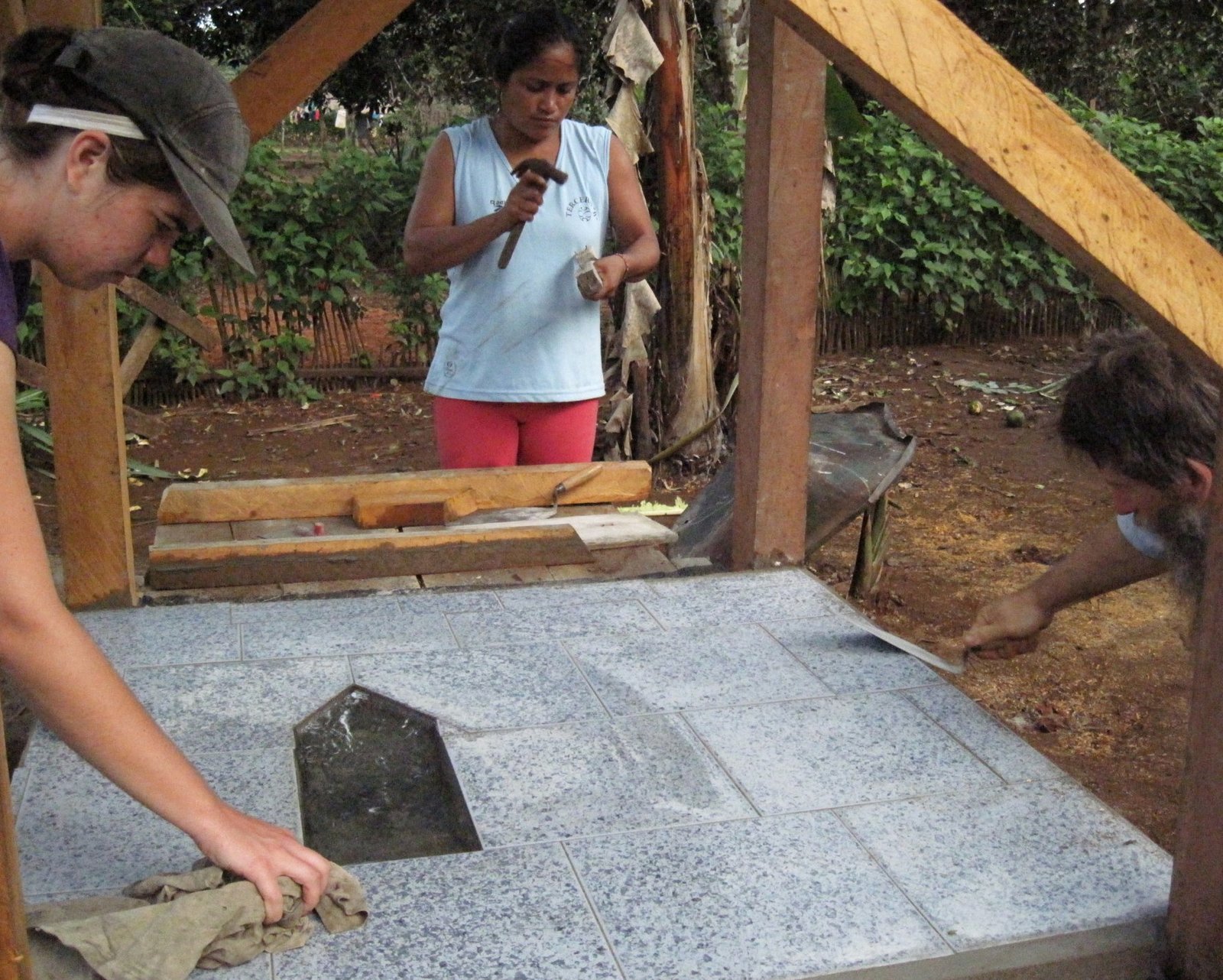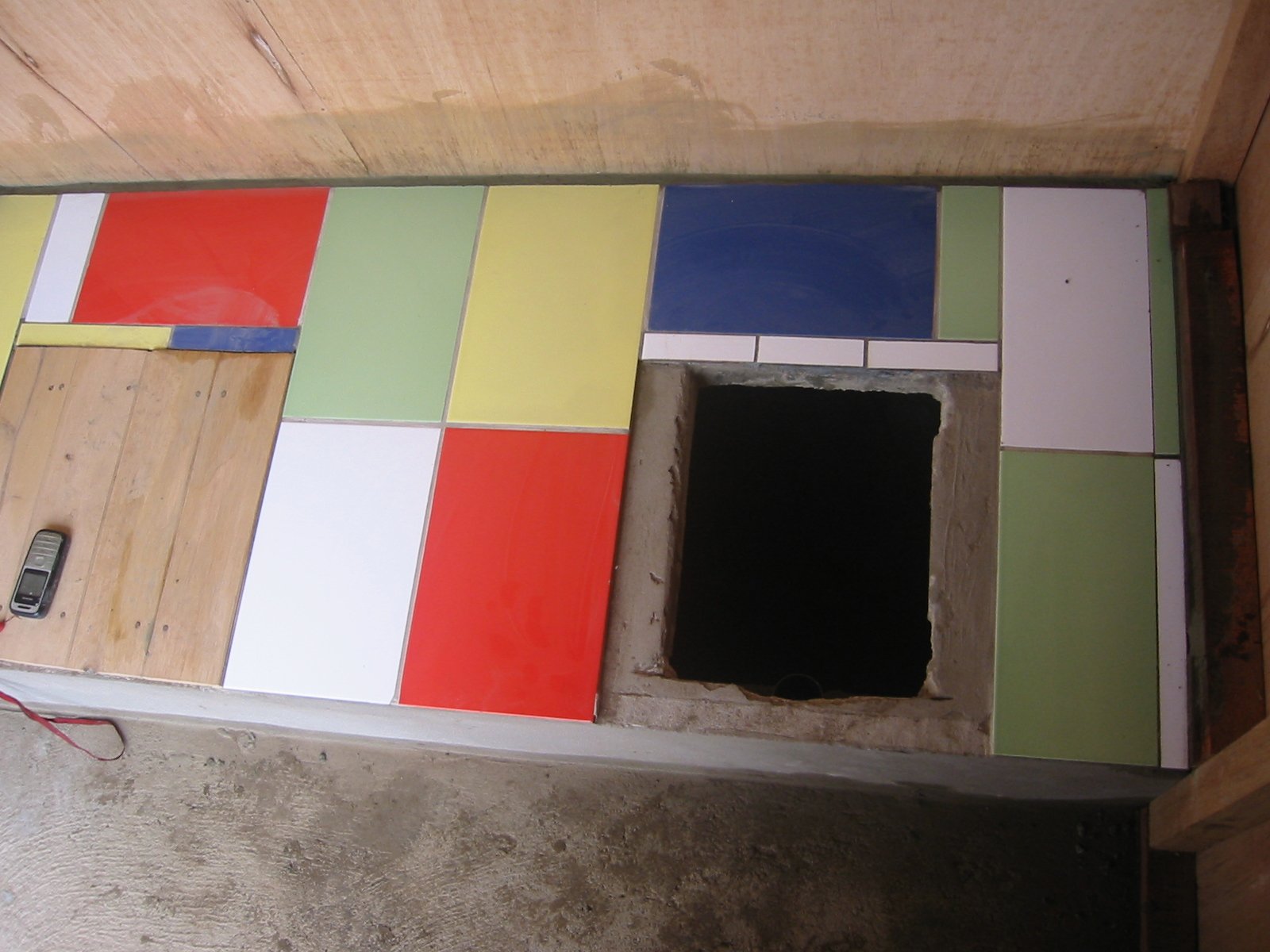Imagine a world where yesterday’s waste is transformed into tomorrow’s building blocks. This isn’t just a pipe dream; it’s a burgeoning reality in the field of sustainable design. Industrial waste, often regarded as an environmental villain, is finding new life as a hero in the form of innovative, eco-friendly tiles. This transformation is not only reducing landfill burdens but also opening new avenues for creativity and sustainability in architecture and design. How is this alchemy happening, and what does it mean for our future? Let’s delve into the fascinating world of turning trash into tiles.
The Surprising Role of Industrial Waste
Industrial waste is often seen as a blight on the environment. However, with the right technology and creativity, it can be transformed into valuable resources. By repurposing waste materials such as glass, ceramics, and even metal shavings, manufacturers are creating tiles that are both beautiful and sustainable. This process not only reduces the volume of waste that ends up in landfills but also minimizes the need for raw materials, which can be both costly and environmentally damaging to extract. It’s a win-win situation for both the planet and the economy.
A New Era of Eco-Friendly Tiles

The concept of eco-friendly tiles is not new, but the methods of production are evolving rapidly. Traditional tile manufacturing often involves high-energy processes and significant carbon emissions. In contrast, tiles made from industrial waste utilize materials that would otherwise be discarded, reducing the overall carbon footprint. These tiles are not just an environmentally friendly option; they also offer unique aesthetic qualities. Each tile tells a story, with colors and textures that reflect their origins, making them a favorite among designers looking for something truly unique.
Innovative Manufacturing Techniques
The process of transforming industrial waste into tiles involves a series of innovative techniques. One common method is to crush waste materials into fine powders, which are then mixed with binders and pressed into molds. This mixture is then fired at lower temperatures than traditional tiles, conserving energy. Advances in technology have also allowed for the incorporation of digital printing techniques, enabling intricate designs and patterns that were once difficult to achieve. These innovations are not only making the process more efficient but also expanding the possibilities for design.
Benefits Beyond the Environmental
The benefits of using industrial waste in tile production extend beyond environmental considerations. Economically, it reduces the costs associated with raw material extraction and waste disposal. For businesses, this can mean lower production costs and increased competitiveness. On a societal level, these practices support the circular economy, creating jobs and promoting sustainable development. It’s a holistic approach that considers the well-being of the planet, the economy, and society.
Real-World Examples of Success

Several companies are leading the charge in the production of sustainable tiles. For instance, a company in Italy has developed a process that uses 100% recycled glass to create stunning, high-quality tiles. In Spain, another company is utilizing ceramic waste from the tile industry itself, creating a closed-loop system. These examples demonstrate the viability and scalability of using industrial waste in tile production. They also highlight the potential for innovation and creativity in this field.
Challenges and Opportunities

While the potential of turning trash into tiles is immense, there are still challenges to overcome. One of the primary obstacles is the variability in the quality and composition of industrial waste, which can affect the consistency of the final product. However, these challenges also present opportunities for further research and innovation. By developing new technologies and processes, manufacturers can continue to improve the quality and sustainability of their products. It’s an exciting time for the industry, full of potential for those willing to push the boundaries.
The Future of Sustainable Design
As the demand for sustainable building materials continues to grow, the use of industrial waste in tile production is poised to become a significant trend. Architects and designers are increasingly seeking out materials that not only meet aesthetic and functional requirements but also align with environmental values. This shift in mindset is driving innovation and encouraging more companies to explore sustainable practices. The future of design is one where beauty and sustainability go hand in hand, creating spaces that are as kind to the earth as they are to the eye.
How You Can Make a Difference
Individuals can also play a role in supporting this sustainable revolution. By choosing products made from recycled materials, consumers can drive demand for environmentally friendly options. Supporting companies that prioritize sustainability sends a message that these values are important. It’s a simple yet powerful way to contribute to a more sustainable future. Every purchase decision is a vote for the kind of world we want to live in.
Embracing the Change
The journey from waste to resource is a testament to human ingenuity and the potential for positive change. As we continue to innovate and explore new ways to repurpose what was once considered trash, we are paving the way for a more sustainable and beautiful world. This transformation is not just about tiles; it’s about rethinking our relationship with materials and the environment. It’s about embracing change and recognizing the value in what we discard.
Final Thoughts

Turning industrial waste into tiles is more than just a trend; it’s a movement toward a more sustainable future. It’s a reminder that even the most unlikely materials can become something beautiful with a little creativity and innovation. As we look to the future, the possibilities are endless. What other treasures are hiding in our trash, waiting to be discovered?



